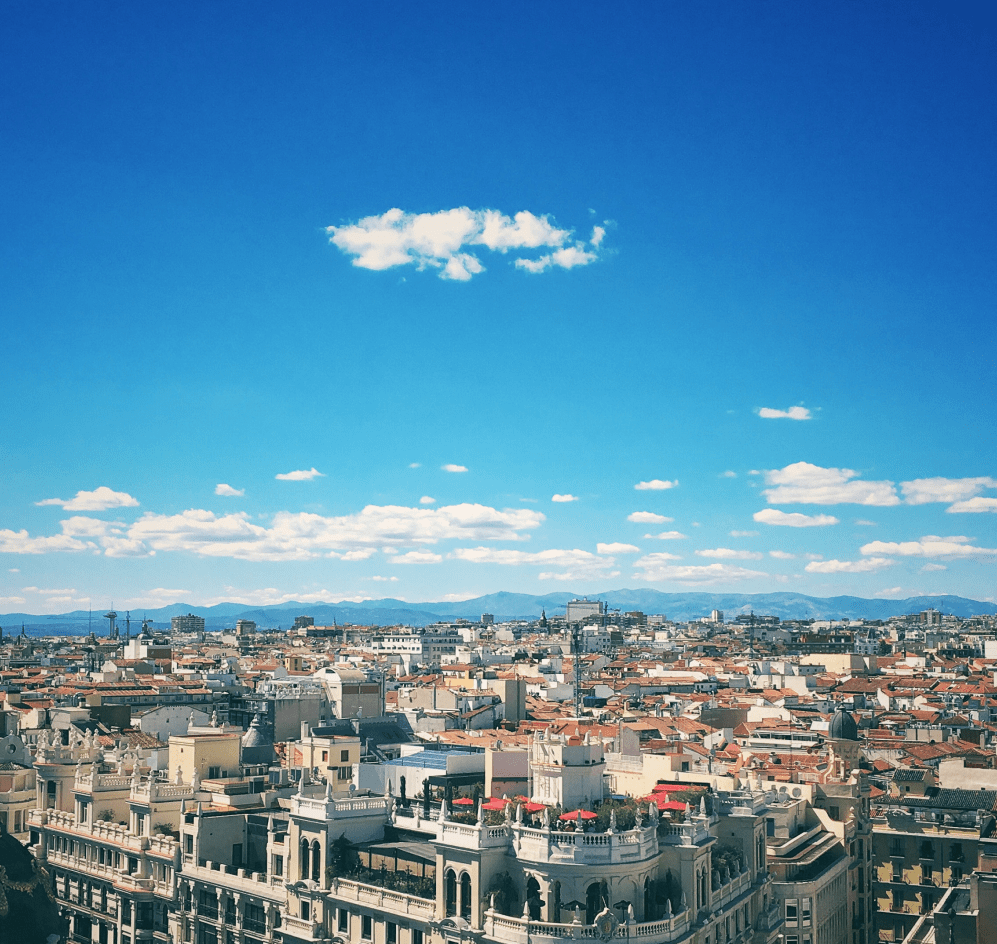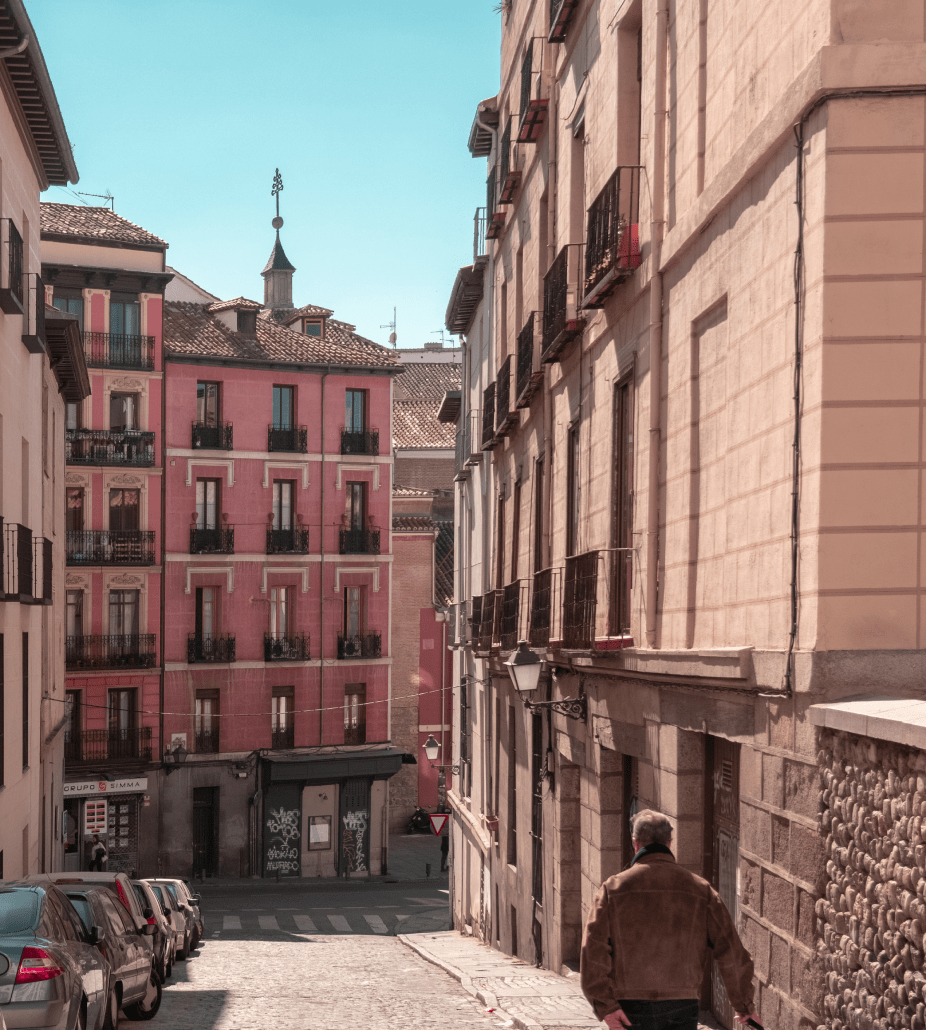- Home
- Categories
- Information
- Blog
- Contact
Practical information
Welcome to Madrid, the vibrant capital of Spain! Whether you’re a seasoned traveler or a first-time visitor, Madrid has something to offer everyone. From world-class museums to delicious cuisine, from lively nightlife to historic landmarks, Madrid has it all. But before you start exploring this beautiful city, there are some practical things you should know. In this guide, we will cover important information about health, safety, animals, language, and more to ensure that your trip to Madrid is as smooth and enjoyable as possible.
Health and Safety Madrid is generally a safe city, but like any big city, it’s important to be aware of your surroundings and take necessary precautions. Here are some tips to stay safe in Madrid:
- Avoid carrying large amounts of cash or wearing expensive jewelry. Pickpocketing and theft can occur in crowded areas, such as public transportation or tourist hotspots.
- Stay in well-lit areas and avoid walking alone late at night. If possible, take a taxi or use public transportation instead.
- Keep your important documents (such as your passport and ID) in a safe place, such as a hotel safe or a hidden pocket on your clothing.
In case of an emergency, dial 112 for assistance. This number can be used for medical emergencies, fires, and police assistance.


Madrid has a high-quality healthcare system with both public and private hospitals. The public healthcare system provides free or low-cost care to Spanish residents, but visitors may need to pay for medical services. It’s recommended to have travel insurance to cover any unexpected medical expenses. The hospitals in Madrid are equipped with modern facilities and highly qualified medical professionals.
Animals If you’re an animal lover, you’ll be happy to know that Madrid has a variety of animal-related activities and attractions, such as the Madrid Zoo and the Casa de Campo park. However, it’s important to be aware of the treatment of animals and avoid any activities that exploit or harm them. Here are some guidelines to follow:
- Avoid purchasing souvenirs made from animal products, such as ivory or fur.
- Don’t take part in any activities that involve animals being mistreated or harmed, such as bullfighting or using animals for street performances.
- If you’re planning to visit the Madrid Zoo, make sure to follow the rules and guidelines to ensure the animals are treated with respect and care.
Language Spanish is the official language of Madrid, but many people in the city also speak English. However, it’s always a good idea to learn a few basic Spanish phrases to help you communicate with locals and make your trip more enjoyable. Here are some common phrases to get you started:
- Hola (oh-la) – Hello
- ¿Cómo estás? (koh-moh ess-tahs) – How are you?
- Gracias (grah-see-ahs) – Thank you
- Por favor (por fah-vohr) – Please
- ¿Dónde está…? (dohn-day ess-tah) – Where is…?
It’s also a good idea to download a translation app on your phone or bring a phrasebook with you to help with communication.
Money The official currency of Spain is the Euro (EUR). Most shops, restaurants, and hotels in Madrid accept credit cards, but it’s always a good idea to carry some cash with you, especially for small purchases or if you’re traveling to more rural areas. You can exchange money at banks, exchange offices, or ATMs throughout the city.
Transportation Madrid has a comprehensive public transportation system that includes buses, metro, and trains. The metro is the most efficient and affordable way to keep writing with more practical information get around the city, with trains running from 6 am to 1:30 am every day. You can purchase a single ticket or a 10-ride pass (called a “Metrobus”) at any metro station or tobacco shop. The pass is valid for both the metro and city buses.
If you prefer to travel by bus, the city has a vast network of bus routes that connect all areas of Madrid. You can buy bus tickets on the bus or at tobacco shops. Madrid also has a bike rental system called BiciMAD, which allows you to rent a bike from one of the many bike stations throughout the city.
For those who prefer more private transportation, taxis are readily available throughout the city. You can hail a taxi on the street or find them at taxi stands located at major landmarks and transportation hubs.
Accommodation Madrid has a wide range of accommodation options to suit all budgets and preferences. You can find everything from luxury hotels to budget hostels. Some popular areas to stay in Madrid include the city center, the Salamanca neighborhood, and the trendy Malasaña neighborhood.
If you’re on a budget, hostels are a great option for affordable and social accommodation. Some popular hostels in Madrid include The Hat Madrid, Mad4You Hostel, and Cat’s Hostel.
For those looking for a more luxurious stay, Madrid has no shortage of five-star hotels, including the Ritz-Carlton Madrid, the Westin Palace Madrid, and the Hotel Orfila.
Food and Drink Madrid is known for its delicious cuisine, which includes classics like paella, tapas, and churros. You can find a wide variety of restaurants and bars throughout the city, ranging from casual eateries to Michelin-starred restaurants.
When dining out in Madrid, it’s common to order a variety of small plates to share, known as tapas. Some popular tapas dishes include patatas bravas (fried potatoes with a spicy sauce), croquettes, and jamón ibérico (cured ham).
Madrid is also famous for its wine, with a variety of wine bars and bodegas scattered throughout the city. If you’re a beer lover, make sure to try some of the local brews, such as Mahou or San Miguel.
Climate Madrid has a Mediterranean climate, with hot summers and mild winters. The hottest months are July and August, with temperatures averaging around 30°C (86°F). The coldest months are December and January, with temperatures averaging around 8°C (46°F). If you’re visiting in the summer, be sure to bring sunscreen and stay hydrated.
Culture and Entertainment Madrid is a city rich in culture and entertainment, with plenty of museums, art galleries, and theaters to explore. Some popular museums include the Prado Museum, the Reina Sofia Museum, and the Thyssen-Bornemisza Museum.
For music and theater lovers, Madrid has a thriving arts scene with plenty of concerts, plays, and musicals happening throughout the year. Some popular venues include the Teatro Real, the Teatro Español, and the Palacio de Deportes.
Madrid is also a city that loves to party, with a lively nightlife that lasts until the early hours of the morning. Some popular areas for nightlife include the Chueca neighborhood, Malasaña, and the La Latina neighborhood.
Conclusion Madrid is a vibrant and exciting city that has something to offer everyone. Whether you’re interested in history, art, food, or nightlife, Madrid has it all. With a little bit of preparation and knowledge, you can make the most of your trip to this beautiful city. Remember to stay safe, be respectful of local customs and traditions.